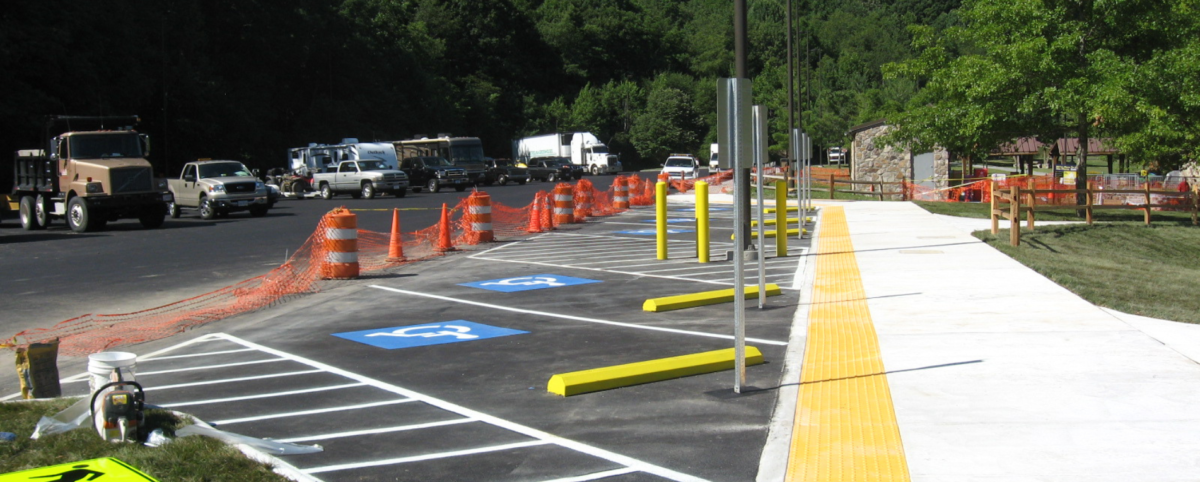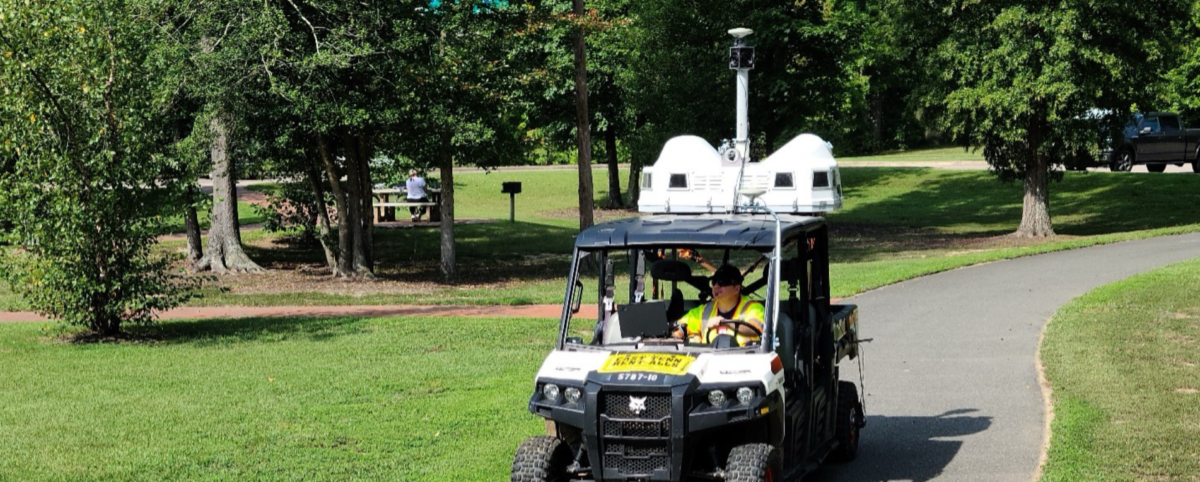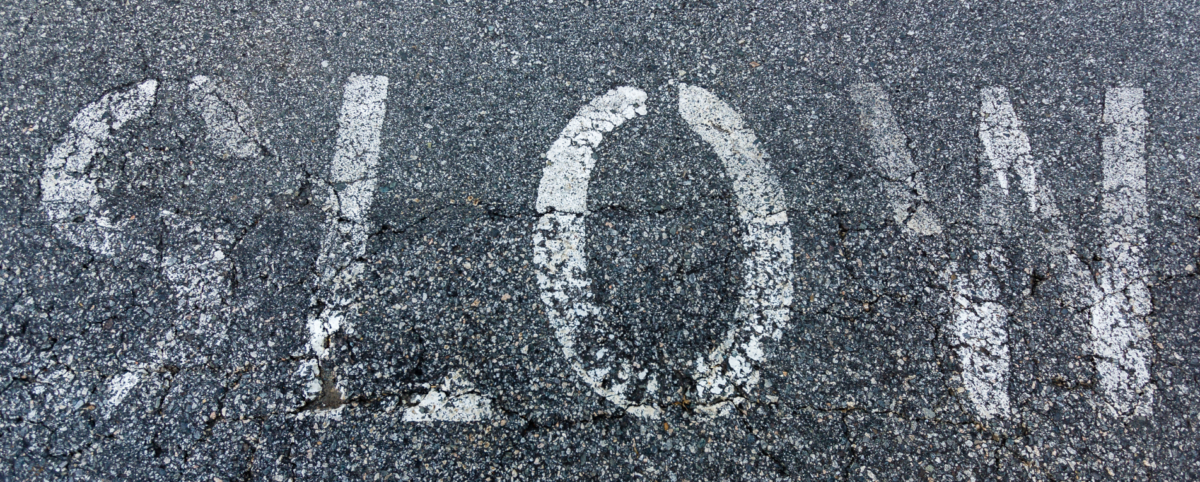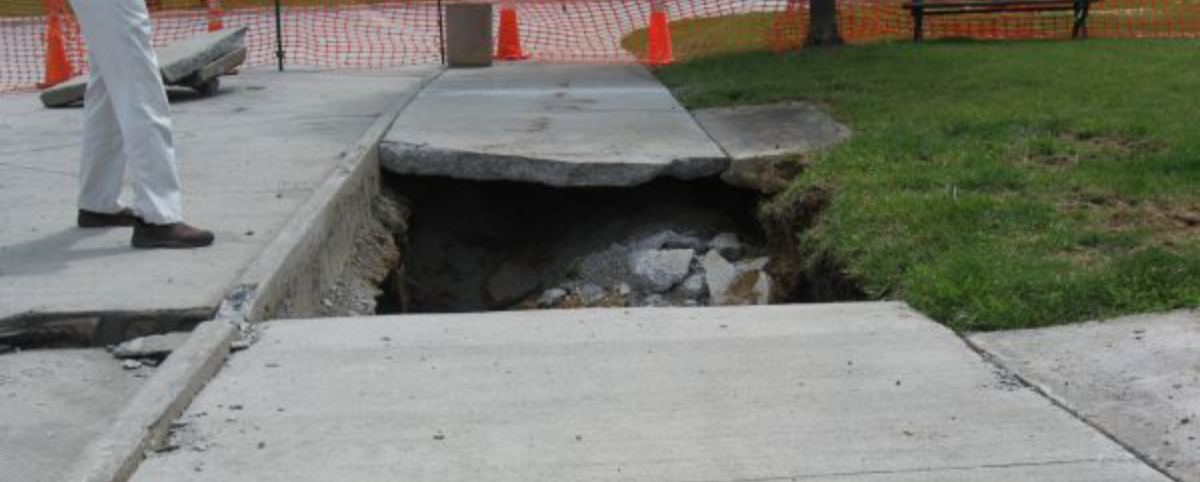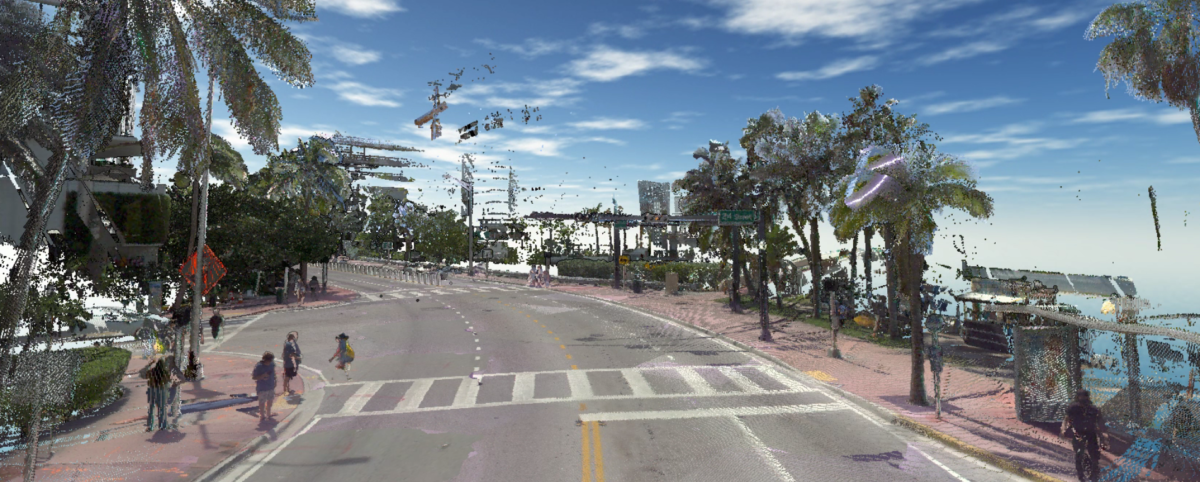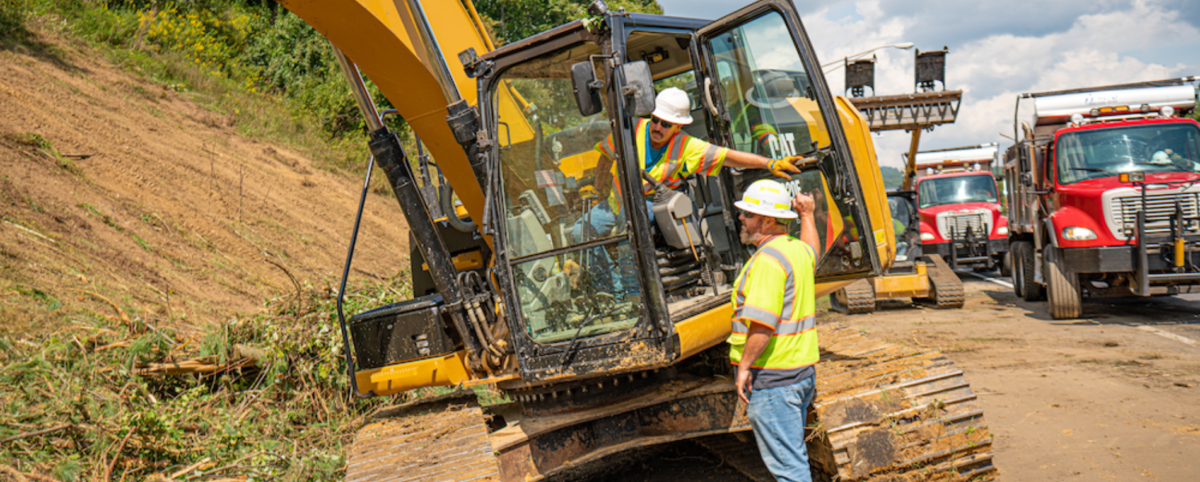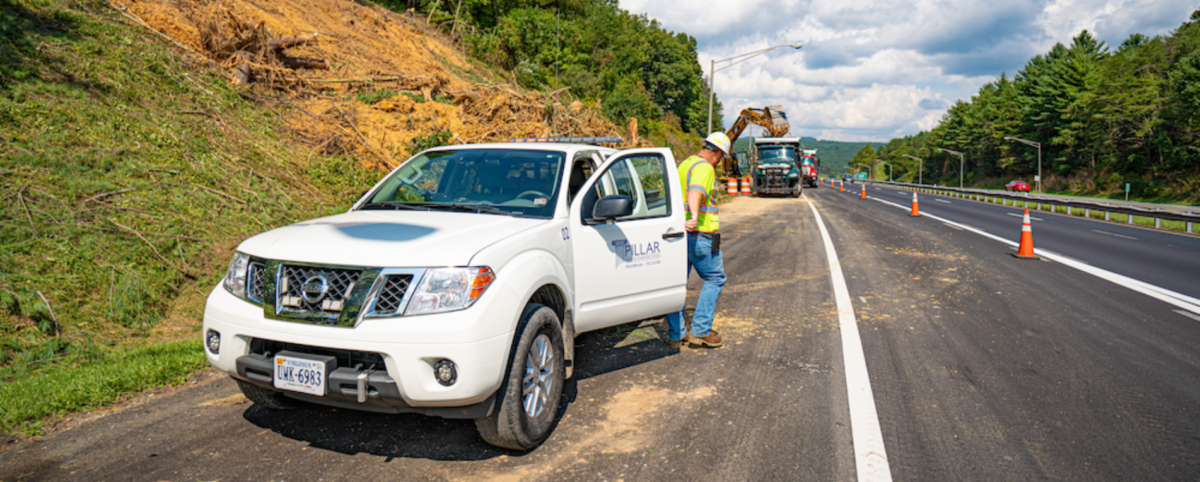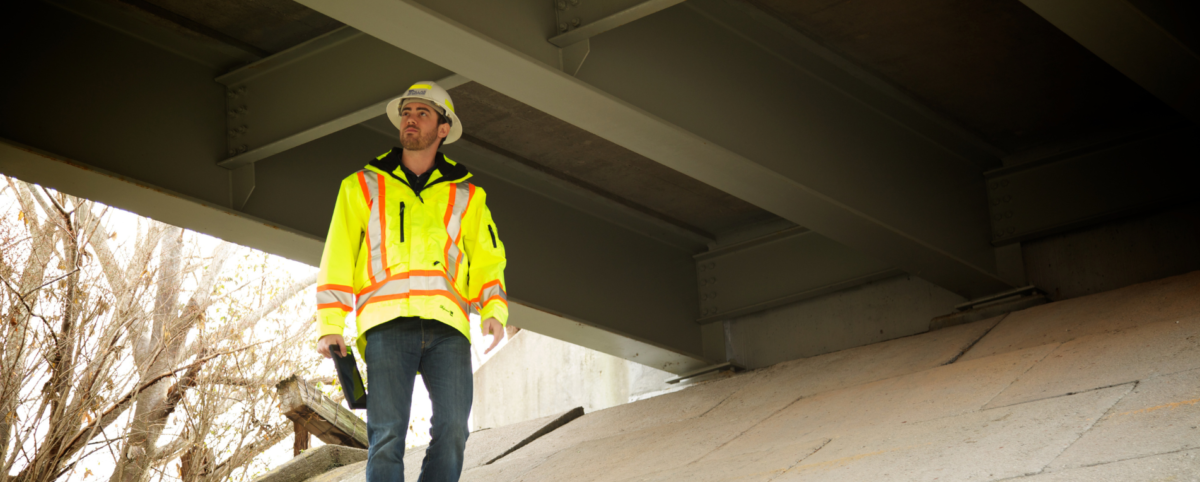The average American driver spends 55 minutes behind the wheel every day. While they notice obvious assets like guardrails, traffic signs, and pavement markings, less visible assets may fly under the radar. These assets often do some heavy lifting when it comes to driver safety, but can go unnoticed by the general public until something goes wrong.
One such asset is the guardrail end treatment. These often-overlooked assets play a huge role in protecting drivers in the event of impact. But they can only do their job if they’re properly maintained. With thousands of guardrail terminals in Virginia alone, maintaining them can be a full-time job and PILLAR can help. Keep reading to learn how.
Guardrail End Treatments: The Unsung Hero of Roadway Safety
Guardrails are designed to keep wayward vehicles on the road, particularly near embankments, curves, bridges, and steep drop-offs.
Guardrail end treatments may seem simple, but they’re carefully designed to reduce the severity of accidents when drivers collide with the end of guardrails. Their rounded, flared, or softened ends prevent vehicles from being pierced by the guardrail itself. They work to absorb energy from impact, gradually slowing a vehicle rather than abruptly stopping, which reduces the force of the crash. Guardrail end treatments also facilitate the collapse of the guardrail itself, so it peels away from the car, absorbing impact and slowing the crash.
In short, guardrail end treatments are designed to work with guardrails to comprise a complete system of protection in the event of a crash. But this only works if the guardrail end treatments are properly installed and well-maintained.
Best Practices: How to Maintain Your Guardrail End Treatments
Guardrail end treatments are robust structures, but they’re still vulnerable to the elements, age, and improper installation. Over time, they can accrue damage from the elements, road salt, and brine. The best way to maintain your guardrail end treatments is through regular inspections and proactive management. This includes:
- Looking for any damage, corrosion or signs of wear and tear
- Ensuring the energy-absorbing impact mechanisms are operating efficiently
- Clearing debris and vegetation away from the end treatment
- Identifying and remediating any issues with alignment, height, or improper installation.
Proper installation is critical for optimal functioning of guardrail end treatments. Don’t mix-and-match guardrails and terminals, follow all manufacturer specifications, and ensure the end terminals sit at the correct height.
Collection & Assessment: Know the Condition of Your Guardrail End Treatments
Regular inspections are the key to maintaining guardrail end treatments that keep the traveling public safe. But that isn’t as simple as it sounds. As of 2022, a state DOT estimated that there were 150,000 existing guardrail end treatments within the highway system that all need monitoring and maintenance.
At PILLAR, we specialize in maximizing the lifecycle of your assets. We’re experts in helping departments of transportation make limited resources go further through our comprehensive CAPE approach. When it comes to guardrail end treatments, our professionals can leverage our proven blend of human expertise and cutting-edge technology to rapidly collect data and assess the condition of your assets. Here’s how it works:
- Collection: We utilize mobile LiDAR to collect 3-D data on existing road conditions at highway speeds. But that’s not all. We’re proficient at plan sheet georeferencing, imagery scanning, CIS mapping, and traditional surveying. We do what it takes to get the job done.
- Assessment: PILLAR is the only company that offers truly automated feature extraction that processes your data in real-time as it’s being collected. We can extract more than 20 asset types and deliver the processed data to you in a format that works with your existing systems.
Get Control of Your Guardrail End Treatment Maintenance
Don’t guess when it comes to the location and condition of your guardrail end treatments. Work with PILLAR to streamline the assessment and maintenance of these critical assets and get peace of mind that you’ve done everything you can to keep drivers safe. Contact us today to learn more about how we can help you keep your guardrail end treatments in good working order.


